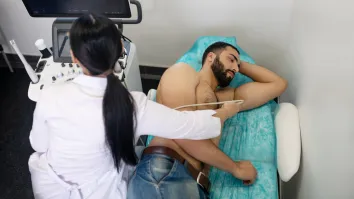
Hurdles persist in Southeast Asia's UHC push despite $160b healthcare spend
Universal healthcare still struggles to take off in Myanmar and the Philippines.
Whilst the universal provision of medical services will contribute to healthcare spending in Southeast Asia, increasing from $160b in 2018 to $288b by 2023, the healthcare sector in the region is still seen to hit some roadblocks, particularly in countries like Myanmar, Philippines and Thailand, according to Fitch Solutions.
In 2014, Myanmar announced that it planned to achieve universal healthcare by 2030, in the midst of a slowing healthcare system. Out-of-pocket payments, shortage of skilled health workers, and limited access to diagnostic equipment and lifesaving drugs were the top challenges the country faced, and as a result, its macroeconomic outlook as well as extension prospect for universal healthcare, have diminished since then.
Things are looking up for the Philippines. A universal healthcare act was signed in February 2019, guaranteeing equitable access to quality and affordable healthcare for all Filipinos.
Consequentially, in September 2019, the Department of Health sought to introduce maximum retail prices on essential medicines in the Philippines, although such proposal is currently being discussed by the country’s lawmakers. Under these reforms, health technology assessments are also expected to be introduced in the country.
Similarly, Thailand has been putting in place several healthcare reforms, but is receiving backlash. In September 2018, a prominent health activist in Thailand attacked the government over reports that it plans to provide free medical service only to those earning less than THB100,000 a year. Meanwhile, “30 Baht Scheme,” a key part of Thailand’s universal healthcare system introduced in the early 2000s, have been repeatedly criticized by political entities in an aim to dismantle the scheme.



















 Advertise
Advertise





